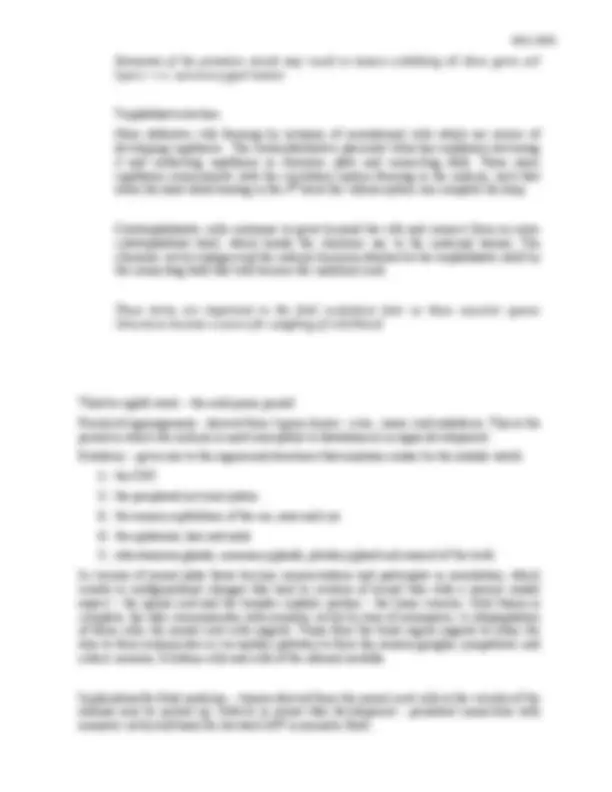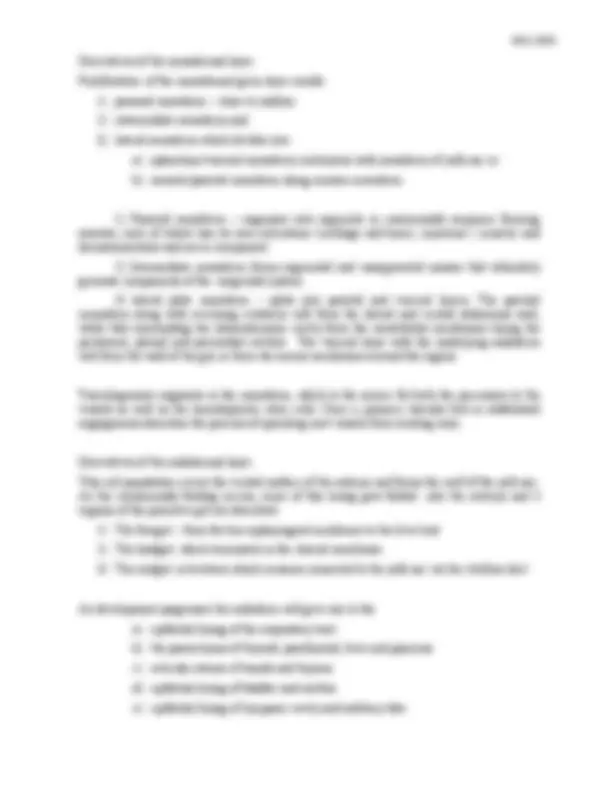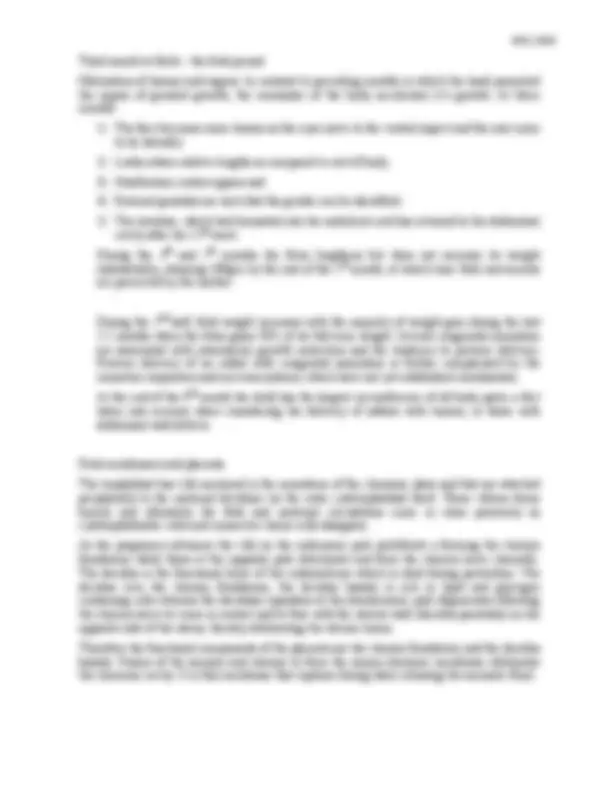





Study with the several resources on Docsity

Earn points by helping other students or get them with a premium plan


Prepare for your exams
Study with the several resources on Docsity

Earn points to download
Earn points by helping other students or get them with a premium plan
Community
Ask the community for help and clear up your study doubts
Discover the best universities in your country according to Docsity users
Free resources
Download our free guides on studying techniques, anxiety management strategies, and thesis advice from Docsity tutors
A synopsis of critical steps in embryogenesis from an anatomic perspective, explaining the relationships between organ system concerns and congenital anomalies. the first to third weeks of embryonic development, including fertilization, blastocyst formation, and gastrulation, as well as their consequences for fetal management and development.
Typology: Study notes
1 / 5

This page cannot be seen from the preview
Don't miss anything!




1
Arlet G. Kurkchubasche, M.D.
Embryology – the field of study that pertains to the developing organism/human Basic embryology – usually taught in the chronologic sequence of events. These events are the basis for understanding the congenital anomalies that we encounter in the fetus, and help explain the relationships to other organ system concerns. Below is a synopsis of some of the critical steps in embryogenesis from the anatomic rather than molecular basis. These concepts will be more intuitive and evident in conjunction with diagrams and animated sequences. This text is a synopsis of material provided in Langman’s Medical Embryology, 9 th ed. First week – ovulation to fertilization to implantation Fertilization restores
Embryoblast forms epiblast and hypoblast which constitute the “bilaminar disc”.
Derivatives of the mesodermal layer Proliferation of the mesodermal germ layer results
Third month to Birth – the fetal period Maturation of tissues and organs. In contrast to preceding months in which the head presented the region of greatest growth, the remainder of the body accelerates it’s growth. At three months: